What’s so great about John Singer Sargent?
I was an art history major in college, and spent most every afternoon in an auditorium looking at slides of the work of artists from the past. I remember, near the end of my third western art survey class, when my teacher mentioned that he was going to show the work of a few American artists… he showed a handful of slides by a few artists Maurice Prendergast , James McNiel Whistler, Mary Cassat, Edward hopper…and then one slide “the breakfast room” by John Singer Sargent.Sargent. There was a bit of a buzz in the classroom when Sargent’s painting was shown, because most of us had never heard of him. He wasn’t “in the book”. The teacher moved to the next artist, saying dismissively that Sargent was “an unusual case”.
Pressed to clarify, my teacher responded: “Sargent was really not an artist- he was extremely skilled painter, but essentially he was just a technician”.

I apologize for the glare, these were shot with an iphone in the museum. JSS self portrait.It seems to me there is as much introspection here as in Rembrandt.
This comment lit something of a fire under the 24 year old me. I was an art history student because I didn’t feel I fit in with the fine art department at my school, in part simply because I wanted to get some technical knowledge in representational art. I wanted to be a painter of some kind but at that time I was trying to learn about art of the past thinking that an appreciation of history would serve me well- but here was my respected history teacher telling me that something that I really thought was great was merely the work of a technician.
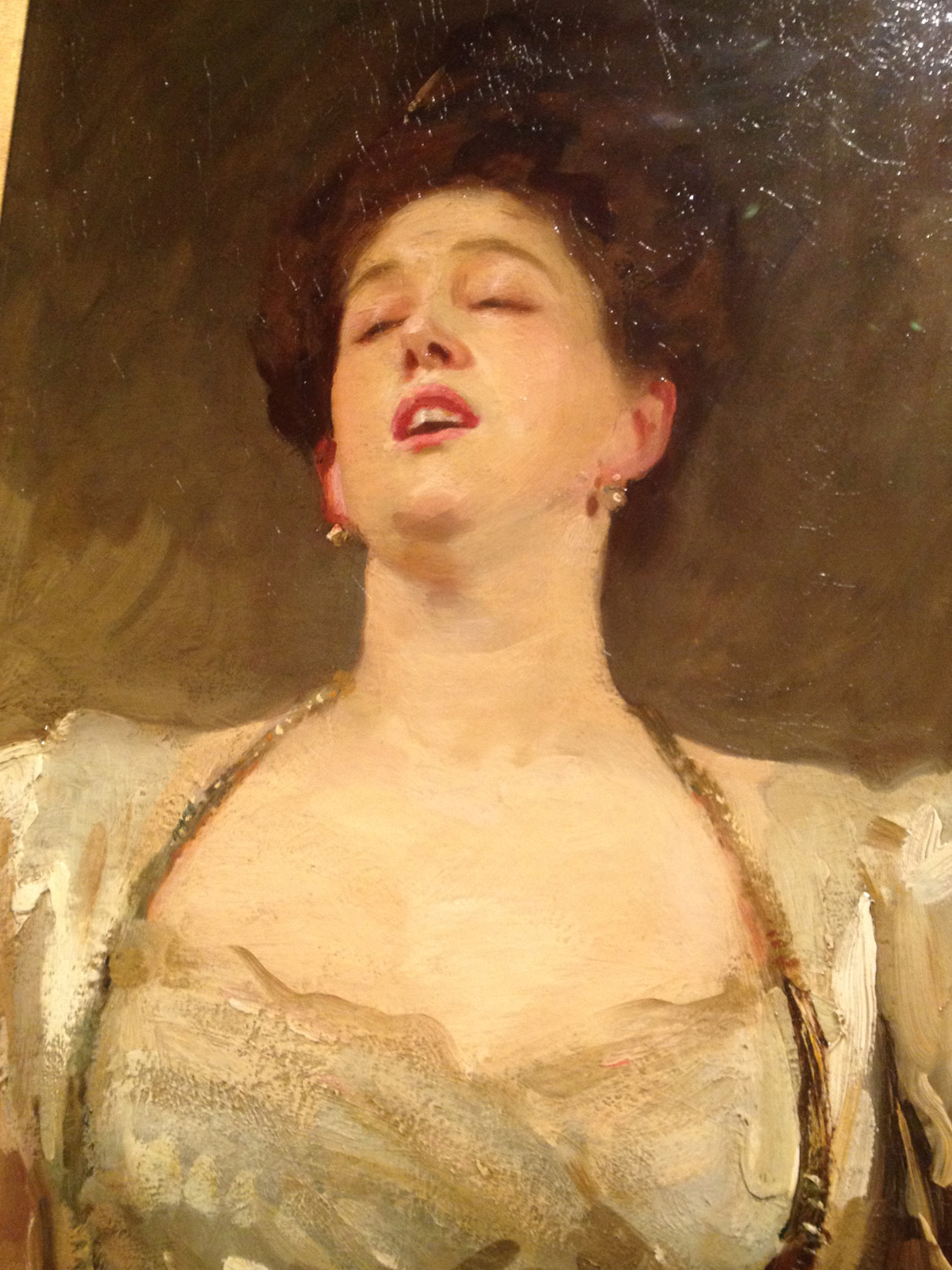
theres a certain amount of risk taking going on here, it seems to me. but what about the paint application itself?
Eventually I became an illustrator, and I discovered that among illustrators, there were many like me who appreciated Sargent. As luck would have it, my time of entry into the illustration field corresponded with a renewed public interest in Sargent’s work. A number of books beautiful were published in the 80s and 90s of Sargent’s work- I bought every one I could get my hands on.

Are you kidding me? This is incredible….and it is beyond technique and into the realm of improvisation.
Was Sargent just a technician? His technical ability is indisputable. In the era of modernisim, technical skill could selectively be seen as a liability. This, in tandem with a reappraisal of his portrait work as propaganda of the gilded age, led to Sargent falling out of favor of historians.
Sargent was the kind of artist that many illustrators aspire to be- an artist doing commissioned work for demanding, high paying clients, and producing results that were incredibly beautiful. But if you really look at this work you can see that there was a lot of groundbreaking design and risk-taking even in his most commercial portrait work. And those portraits were of course not the only thing he ever did.
Once he tired of painting society portraits, he continued to work for primarily for himself- it is here that his really incredible work resided. 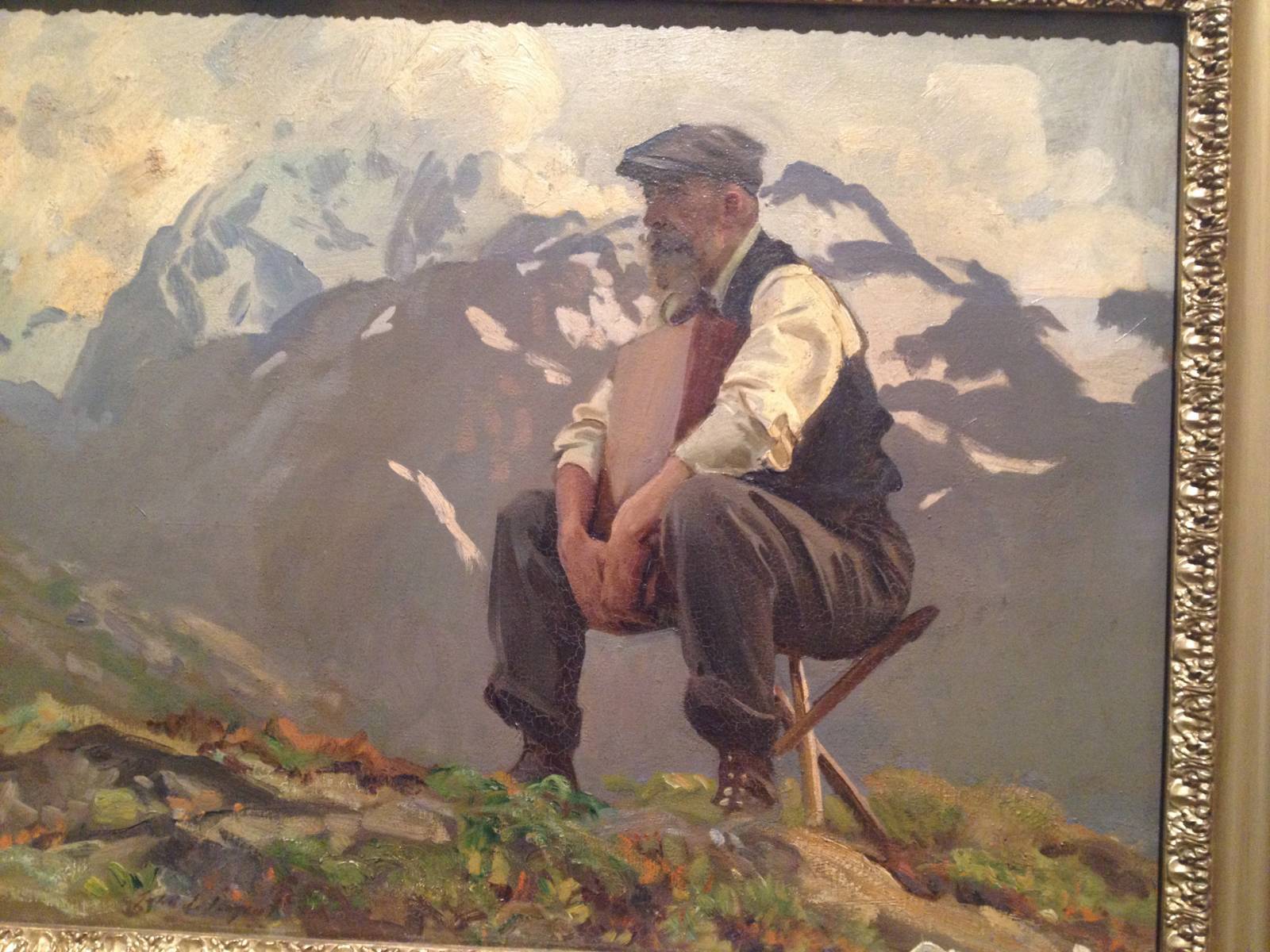
Don’t tell me Sargent is just a technician- he transended the commercial nature of his early work and became, as far asI am concerned, one of the greatest realist painters in the history of art. Sure, he was a great technical painter. But he was much more than that.


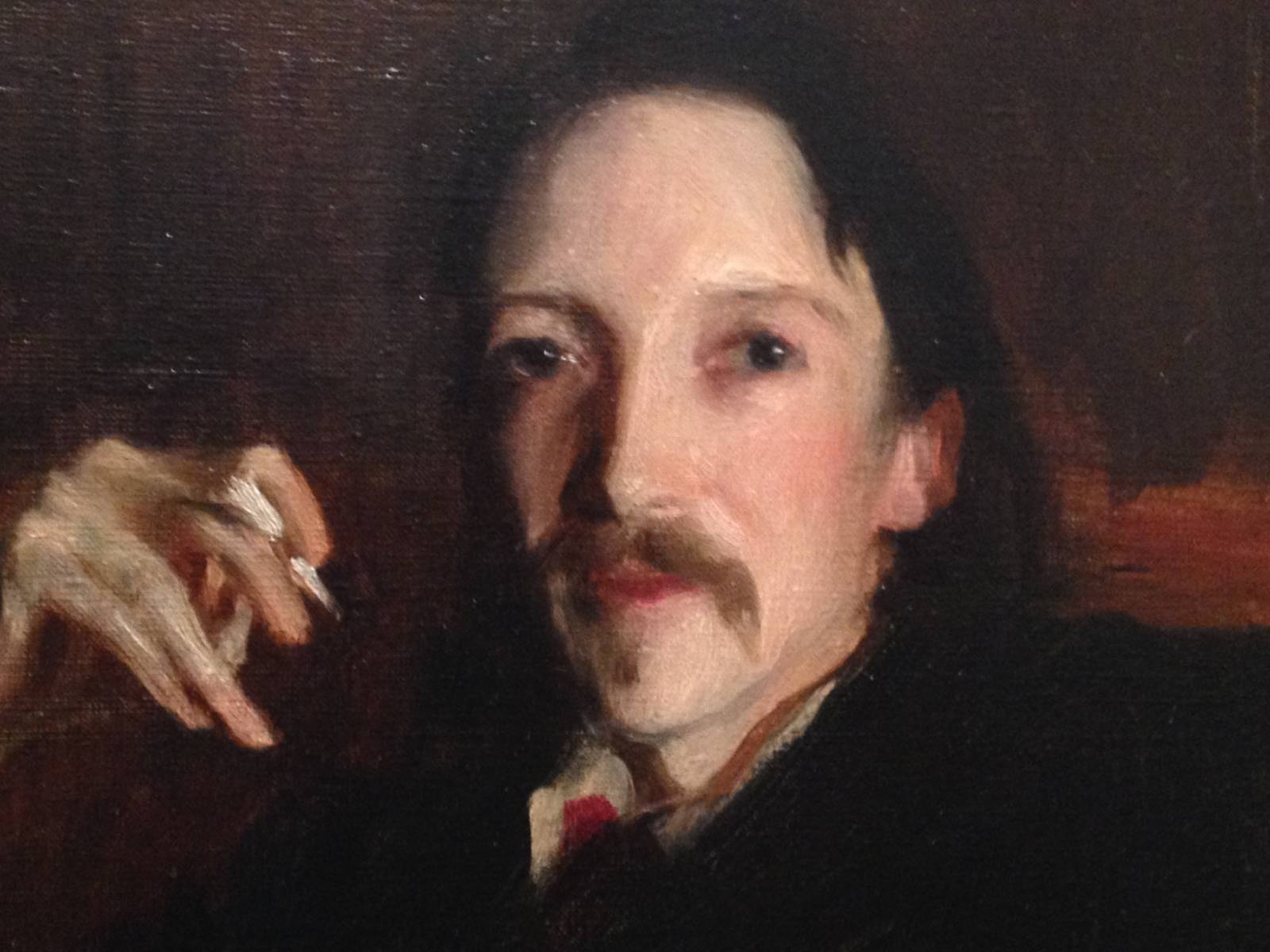

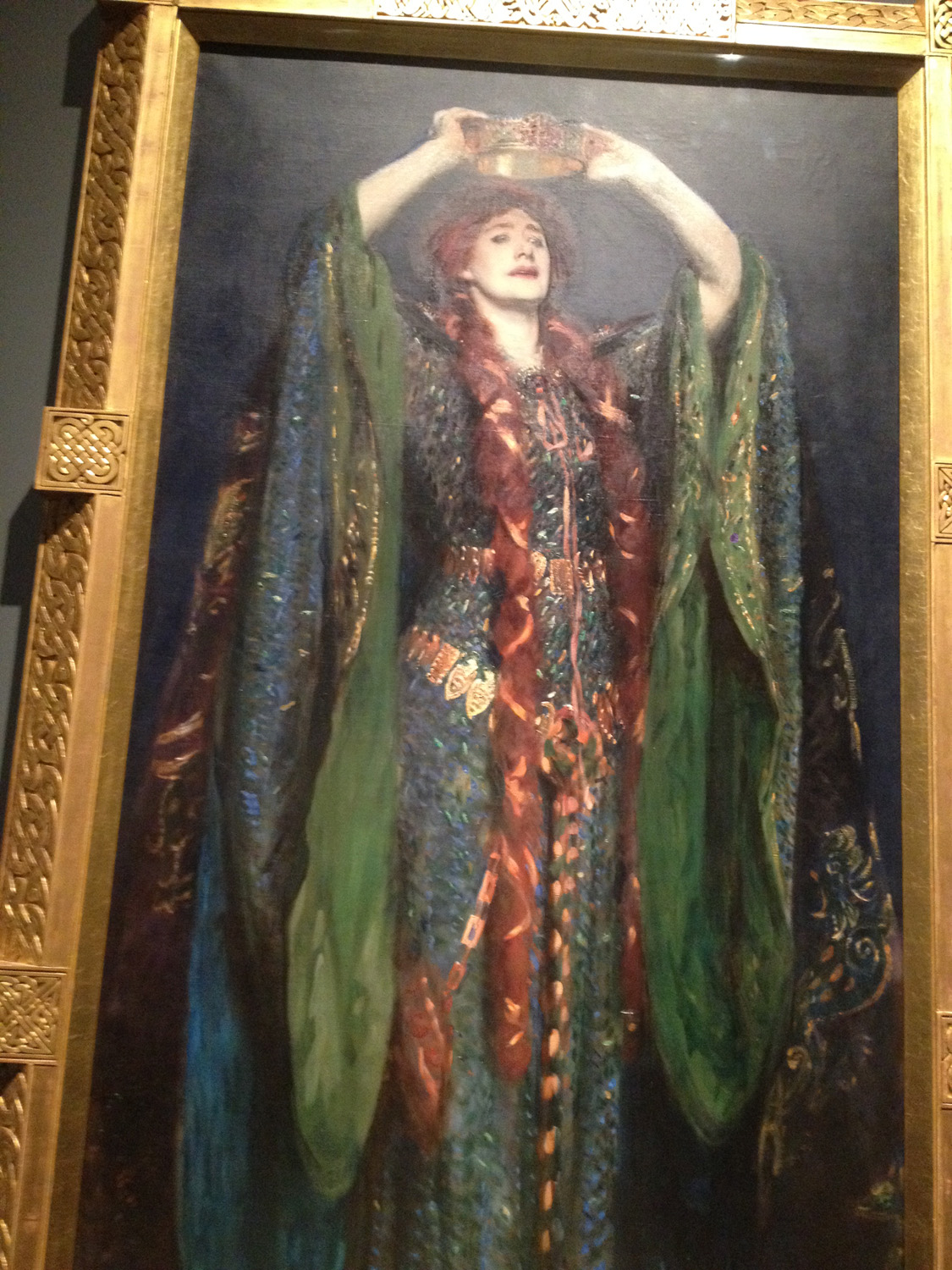




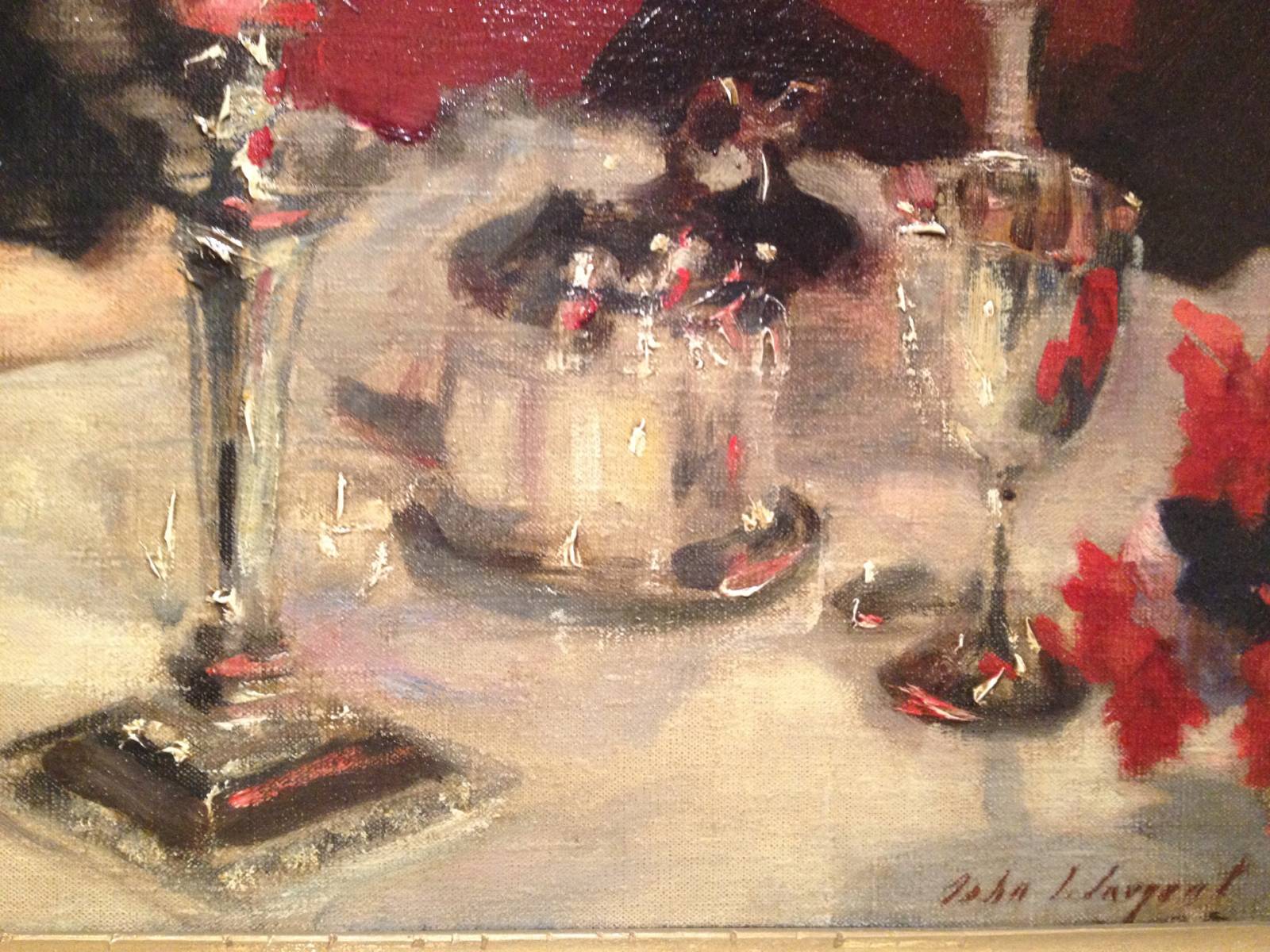

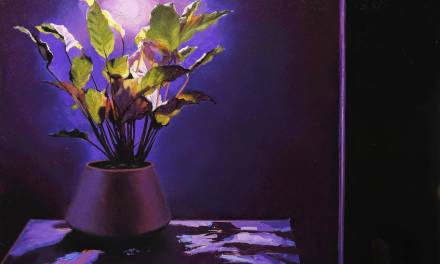
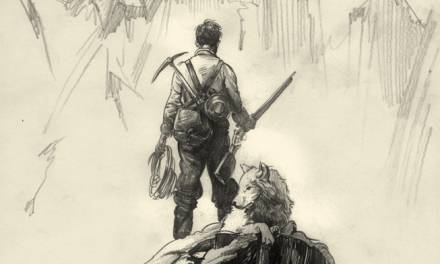

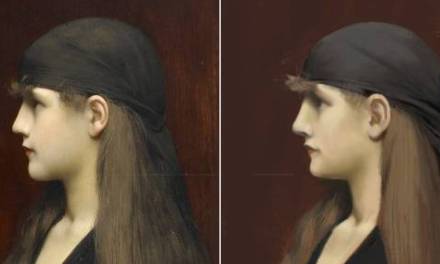
Thank you, Robert Hunt!
Interesting… That teacher from your art school days said more about himself with his comment on Sargent than he did about Sargent.
I was just in the beginning of my art student days in Denver when the Armand Hammer art collection came to the Denver Art Museum. Since I really never had much of a chance to see originals before I decided to attend right away. Its collection included Rembrandt, Monet, Van Gogh, and so many of those artists found in the art history books. Visually overwhelmed and exhausted I finally turned the last corner into the last gallery and there hung on the opposite wall were two J S Sargents (“Dr Possi” and “Mrs Edward Davis and her son, Livingston”). I can only describe the feeling as being hit between the eyes by an artist who painted honestly and truthfully with boldness like no other in the show. And who was this I asked myself as nobody spoke of him in school.
Across the street was the Denver Public Library and they had one small book on Sargent with a dozen or so black and white photos of his work. I read the whole thing in a couple of evenings and couldn’t wait for my art history class to cover this artist I just discovered…and luckily, I thought we were going to cover this era of art the very next week. The day came and the lecture proceeded and my (also) very respected art teacher showed one slide of Sargent’s “El Jaleo” and quickly moved on with only mentioning that Sargent was regarded as nothing more than “a cake decorator.”
Fortunately I found a group of working artists in the Denver area that had great respect and admiration for Sargent and encouraged me to study his work wherever I could find them. And so my real education began. Thanks for sharing Robert.
I’ve given up trying to define what it means to be an artist, or what art even is.
Your professor said “he’s not an artist, he’s a technician.” Like, for real, what does that even mean? People are trying too hard.
Art can be so many things. Trying to cage it would be doing the world a disservice.
Anyways, great article! Sorry for my rant. It’s just the whole “this person isn’t really an artist” debate infuriates me as well. It usually just reveals how some people constantly need to have their taste validated
Same here, it really is the reason why the art establishment has fallen out of favor with the vast amoutn of people outside of the art establishment.
I think some gaming companies have done more for art in the last 50 years than the actual art education system, up until now that great Ateliers and online schools have come to shed light on the great art history humanity has to value and respect.
I still can’t agree with the fact that the word “Technician” is seen as “less” or “not enough”, the simple fact of developing a highly polished and refined skill is in itself a work of art. Is taking knowledge and control and the human condition to a high sphere where even so called “great artists” can’t even fathom to ever be.
Loved your post here, but still, I would say that technique in itself is a great accomplishment, and in itself should be great appreciated. Not everyone has the disposition, the patience, the self-control, the resilience, the actual discipline, the tolerance against frustration, that is required to develop a greatly polished technical skill, and that in itself speaks of humain being that is poised for great works of art. I love how Sargent was a great technician, and if art establishment thinks of that as something less, that highly explains why most common folks can’t quite love current contemprary so called art, it’s simply because their visual experience can’t relate to it as much as it does to realist painting.
Sorry for the rant, loved your post Robert.
Best wishes,
It seems like most of the people who dismiss technique are those who don’t want to put the work in to achieving it. They dismiss it as unimportant, because if it WERE important, they’d have to contend with their lack of abiliity. It’s laziness and jealousy disguised as wisdom.
That’s not to say technique is everything, but it is worthy of respect.
So, I grew up with a father learning to paint. Mainly by teaching himself. This meant I grew up surrounded by books on Sargent, Matt Smith, Harly Brown, Remington, Russel, Fechin, Zorn, etc. All representational, more impressionistic artists (see a pattern ;). Then I joined the Fine Arts program in college and wanted to paint representational art to the best of my ability, not conceptual, abstract work. My painting instructor told me I was boring. My drawing teacher, who’d taught at Ringling, pushed me hard to get better. All of this combined to very much make me wish I could paint more like Sargent, in all his stages. People who dismiss those who paint representational, or paint with technical skill are overlooking alot, I think.
BTW, if you ever end up in Anchorage, AK, go to the C Street Wells Fargo and find an excuse to linger in the lobby. The walls are entirely lined with Sargent waterscapes. (or they were last I was in there XD
Ah… People dont know 2 things: Carolus Duran invented the direct painting “tile method” JSS used, and JSS would paint, scrape, repaint up to 9 times. The impatient look on Teddy Roosevelt’s face was real. Remember it was JSS who said a portrait had something wrong with the mouth. Google Duran & the JSS method.
The Impressionists invented the direct method as a protest against classical and atelier methods which months, and tubed paints helped. Duran & JSS was a continuation of this. See also what Lyon says in his blogs.
TL:DR to paint like JSS, paint, scrape, paint again, until it makes you happy
I agree with your professor, Sargent was a fabulous technician and very creative in execution. But what did he give viewers, really? He was a human camera and when you view all his works it becomes obvious he had almost no preferences or personal vision. Just plunked his easel down and painted what he saw.
What did Sargent care about? No one knows. His art doesn’t tell us. It was obvious Monet cared about light. Klimt gave us a personal vision of nature that is timeless and very unique. Millet tells us something about life in a very personal way. He painted what he knew. Gauguin gave us primitive eve and again, a strong personal vision that also contemplates our past, our future, where we go.
I think artists are so intrigued by his techniques they overlook the other stuff.